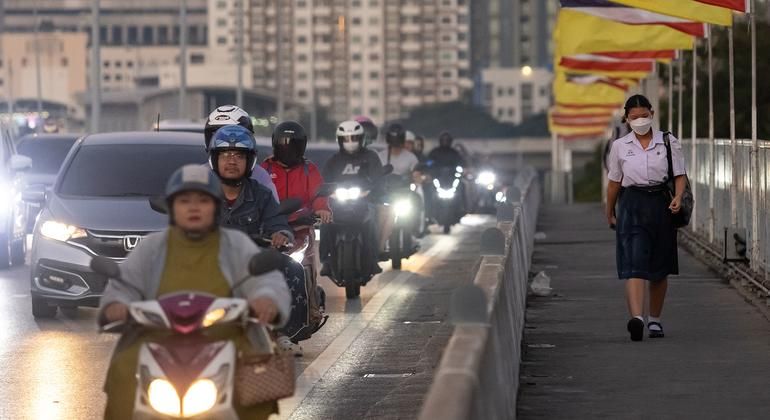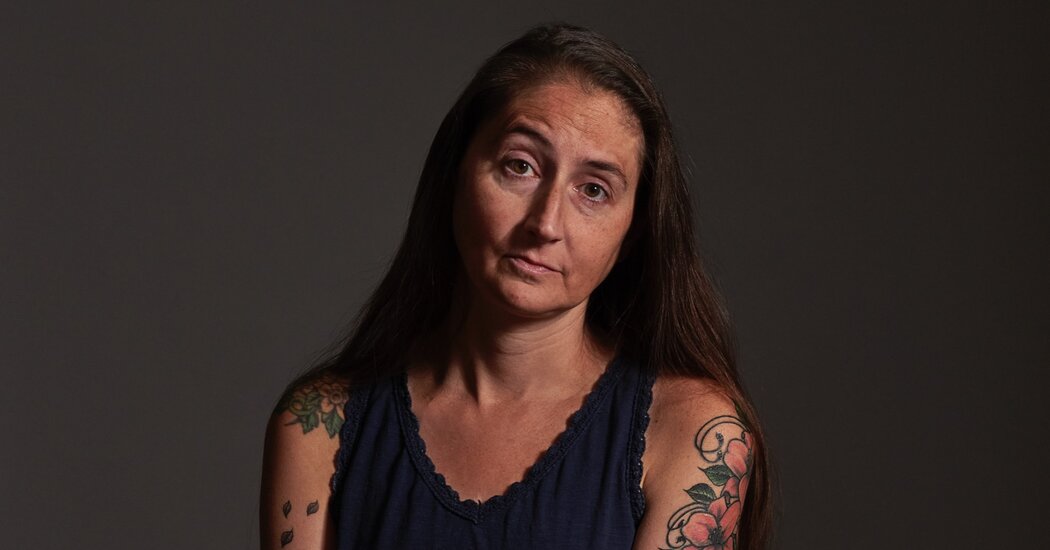The Second GLOD CONFERENCE OF THE WHO on the air and health pollution of the World Health and Colombia Organization, in the city of Cartagena, brought together more than 700 participants from 100 countries, including heads of state, ministers, scientists and civil society groups, to accelerate the action to stop what is increasingly described as an emergency emergency on a large scale.
“It's time to move from commitments to bold actions,” said Tedros Adhanom Ghebreyesus, general director.
“To achieve clean air, we need urgent actions on all fronts: financial investment in sustainable solutions, such as clean energy and sustainable transport, technical application of WHO global air quality guidelines and social commitment to protect the most vulnerable in our most polluted regions.”
The shared objective? A 50 percent reduction on the impacts on air pollution for 2040.
Countries like Brazil, Spain, China and the United Kingdom established national roadmaps, while the clean air fund promised additional $ 90 million for climatic and health programs.
The cities that are part of the C40 network, including London, promise to strengthen air quality monitoring and promote greater investment in clean air strategies.
A health crisis hidden in sight
According to the WHO, Air pollution is responsible for seven million premature deaths annually And now it is the second leading global risk factor for the disease, after hypertension.
“Today air pollution is the first risk factor for the loading of the disease,” said Maria Neira, director of Environment, Climate Change and Health. “It is the number one risk factor to get sick.”
The load is heavier in countries with rapid growth cities and weak regulatory frameworks. But Mrs. Neira said that economic costs and health toll are increasing worldwide. “These chronic diseases are costing us well, to our health system and our hospitals,“She said.
Despite the gloomy statistics, who do leaders say the solutions are available? Mrs. Neira cited China's progress in reducing emissions while continuing to grow economically. “At one point they showed that andcan reduce air pollution while maintaining economic growth,“She said.” This argument that to address the causes of climate change, air pollution and environmental health, must invest and not get benefits immediately, that is not correct. ”
Climate Emergency and Health
Indeed, Air pollution is not only a public health problem, but a key driver and symptom of the climatic crisis. The burning of fossil fuels that feeds air pollution also releases greenhouse gases, which adds to global warming.
“Climate change causes and air pollution causes overlap,” Mrs. Neira said. “We have a lot to win for health, economy and society, sustainable development, if we accelerate this transition.”
She emphasized that clean air solutions, including renewable energy, the best urban design and the elimination of fossil fuels, also serve as climate mitigation strategies.
“This pollution, this particle matter that we breathe every day … comes from different sources, but fundamentally from the combustion of fossil fuels,” he said. “This can only be avoided accelerating the transition to more renewable energies; cleaner energy sources.”
Examples of Colombia and Europe
The hosts Colombia presented a list of national initiatives, including cleaner fuels, public transmission of zero emissions and an objective to reduce carbon emissions from 40 percent by 2030.
“Air pollution claims more victims than violence itself. Training in the poisoning of our air costs in silence – This conference reinforces our determination to implement policies for both the environment and for the health of our people, “said the president of Colombia, Gustavo Petro.
He emphasized the importance of a smarter regulation and joining the inequality gap with indigenous peoples, local and rural communities.
In Europe, where air pollution still causes 300,000 premature deaths annually, legislators are moving towards more strict regulation. “Contamination is an invisible pandemic. It is a slow chamber pandemic“Javier López, vice president of the Environment Committee of the European Parliament said.
The European Union recently adopted a new air quality directive, reducing the legal thresholds of air pollution in half and with the aim of reducing death -related deaths by 30 percent by 2030. “We have decided to create the air quality directive, which is part of the European green package,” López said.
Regional Model, Global Lessons
Officials of the United Nations Economic Commission for Europe (ONUCE) also participated in Cartagena, highlighting the Convention on Pollution of Transphrutal Air of Long Scope as one of the most successful multilateral environmental agreements to date.
“The Air Convention … It is a multilateral environmental agreement that was adopted in 1979 to address air pollution that crosses national borders,” said Policy officer Carolin Sanz Noriega.
Since its adoption, the convention has expanded to 51 parts and He achieved deep emission cuts in the region. “Reduce sulfur dioxide emissions, nitrogen oxides by 40 to 80% of 1990 levels in the UNECE region, and for more than 30% for particles,” said Mrs. Sanz Noriega.
She emphasized that The success of the agreement lies in its binding commitments, solid science and long -standing confidence construction mechanisms. “Countries implement the convention because it really brings benefits. It brings health benefits, environmental benefits, crop benefits. It has co-benefits for climate.”
Through the Forum for International Cooperation on Air Pollution, it is now working with Latin American, Africa and Asia countries to share scientific tools and regulatory approaches.
But a great challenge, especially in the global south, remains a technical capacity.
“We need to make sure that countries can monitor air quality. That is the first step,” said Neira. “In Africa, unfortunately, we are still missing a lot of monitoring capacity …You can't manage what you can't measure. ”

Prescribe clean air
The health sector provided one of the key conclusions of the conference. With millions of medical professionals and individuals who already support the WHO campaign, the delegates emphasized that Clean air should be recognized as a central for disease prevention.
“We have 47 million signatures of health professionals, patients, defenders, institutions, saying 'I want to prescribe clean air',” said Neira.
“I do not want to treat patients with diseases caused by exposure to toxic air. I want to make sure that my patients are not exposed and, therefore, will not develop those diseases.”
As the conference concluded, the delegates left Cartagena emboldened with new associations, data and policy options, but also a resounding moral imperative.
“The time to generate evidence [on air pollution] It has happened, “said Mrs. Neira.” We have a lot. No one can say they didn't know. ”












